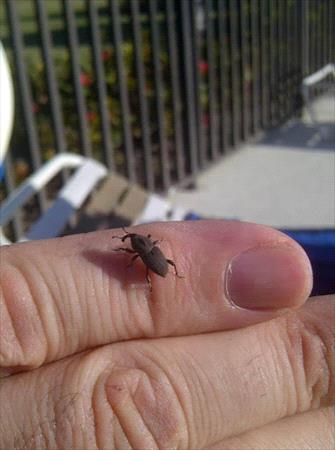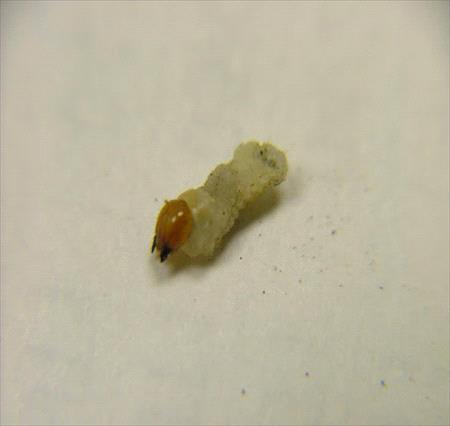Your Cart

LEARN YOUR LAWN: Bluegrass Billbugs
Request a Quote
What Are Bluegrass Billbugs?
The Bluegrass Billbug is a type of weevil that can cause damage to turfgrass and other grassy plants. Its life cycle goes through several stages, including egg, larva, pupa, and adult. The larvae emerge in August, and the adults survive the winter by living in protected areas, such as gardens.The adult Billbugs emerge early in the spring, and by late June the females begin depositing their eggs in the lawn, which will begin to hatch within a couple of weeks.
The adult Bluegrass Billbug is a small, black weevil that is about 1/4 inch long. It has a long snout or beak that it uses to feed on the stems and leaves of grass plants. The pupa is initially white but gradually turns brown as it develops into an adult.
What Is The Life Cycle Of A Bluegrass Billbug?
Egg Stage: Female Bluegrass Billbugs lay their eggs in the soil near the base of grass plants. The eggs are small, white, and oval-shaped, and will hatch in about a week.
Larva Stage: The newly hatched Bluegrass Billbug larvae, also called grubs, are white and C-shaped with a brown head. They feed on the roots of grass plants for about six weeks, causing damage to the roots and weakening the plant. During this stage, they go through several instars (or molts), growing larger each time and causing the most serious damage.
Pupa Stage: After the larval stage, the Bluegrass Billbug pupates in a cocoon made of soil particles and grass roots. The pupal stage lasts for about two weeks.
Adult Stage: The adult Bluegrass Billbug emerges from the pupal cocoon in mid-summer. The adult stage lasts for several weeks, during which time the female Billbugs mate and lay their eggs, starting the cycle all over again.
How Can I Control Bluegrass Billbugs In My Lawn?
The best time to control Bluegrass Billbugs is when they are very young (in June and July), before you are faced with severe damage. A change in cultural practices can help deter these pests. However, once the lawn is infested, treatment may be necessary to eliminate the problem.
A thick, healthy, well-maintained lawn is always the best line of defense. This can be achieved through beneficial cultural practices, which include:
Watering: Deep and infrequent watering is essential for strong plant health and development. A general rule of thumb is to water each area of your lawn for 30-45 minutes, twice per week, in the early morning so the turf is dry by nightfall.
Mowing: Maintain a regular mowing schedule throughout the growing season. In general, you should keep your lawn between 2 ½ and 3 ½ inches high, but during the hottest weeks of summer, you may allow the grass to grow as high as 4 inches. Never remove more than ⅓ of the grass blade at each mowing.
Fertilizing: Regular applications of Weed Man’s specially formulated, slow-release granular fertilizer will help provide your lawn with adequate nutrients. These applications are timed specifically to avoid over fertilizing the lawn.
Core Aeration: Aerating your lawn can improve soil drainage and help reduce the likelihood of insect infestations. It will also alleviate soil compaction and allow water and nutrients to penetrate deeper into the soil.
Your local Weed Man professional may be able to offer other solutions and recommend the best form of treatment that is available to improve the conditions of your lawn.
 English (USA)
English (USA) Français (CANADA)
Français (CANADA)

